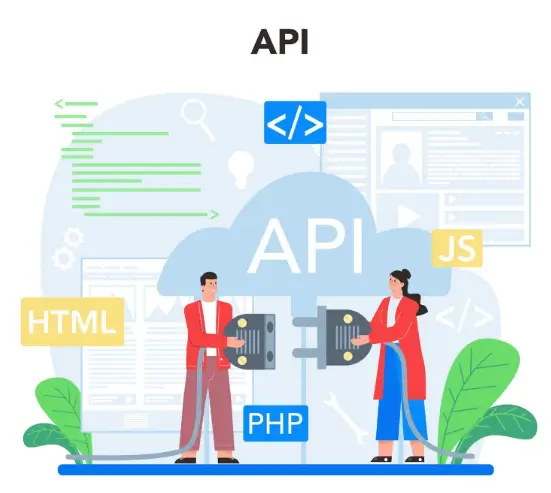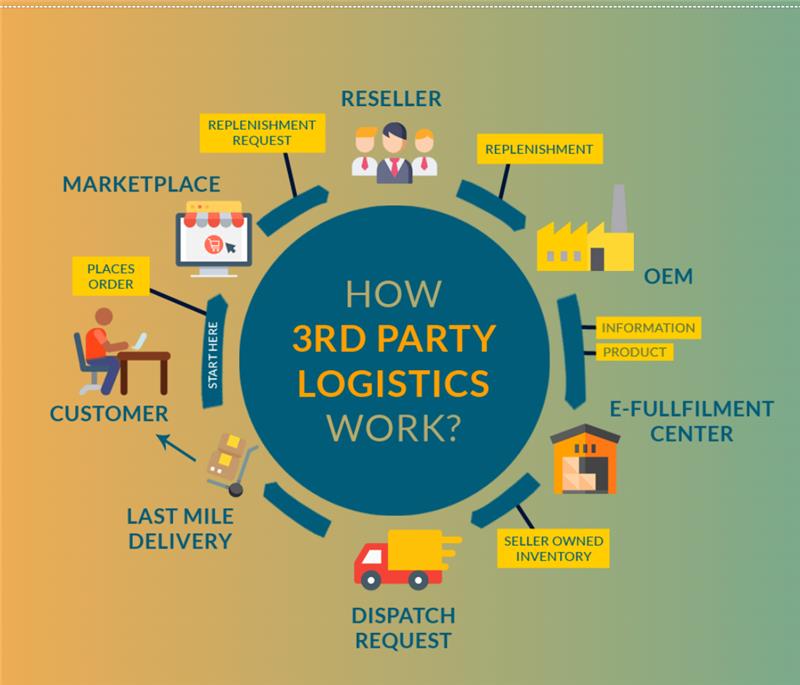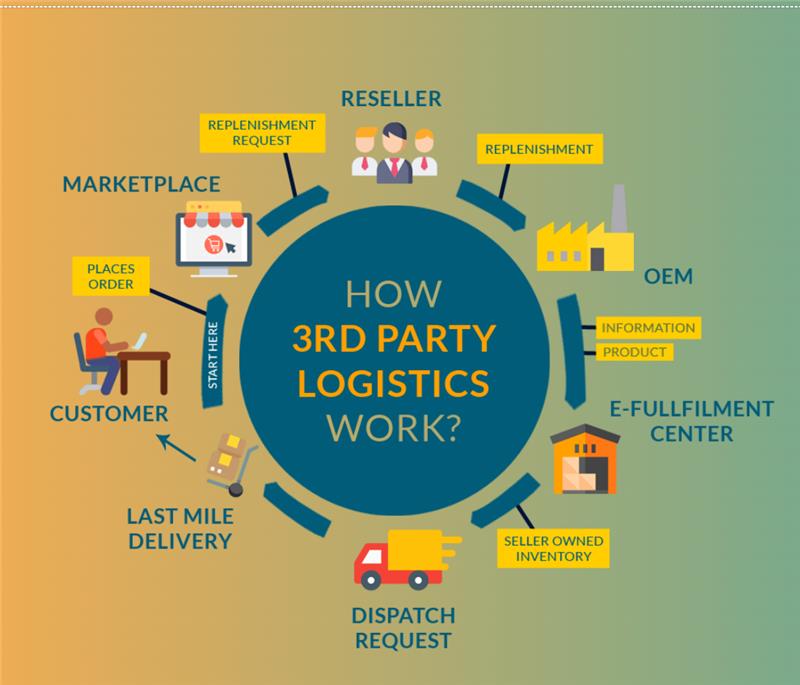
Headless Commerce: Definition, How it Works and Categories
The eCommerce scenario is highly competitive today, and customer expectations and market trends are shifting faster than ever. The key to sustaining and succeeding at this juncture is anticipating the shift, implementing changes proactively, and adapting to changing market conditions, customer needs, and preferences. It requires a highly flexible and reliable omnichannel eCommerce store that can be tweaked and upgraded quickly and easily without incurring technical challenges. This is where Headless Commerce comes in.
This article explores the concept of Headless Commerce, how it works, its components, and its advantages over traditional eCommerce

What is Headless Commerce?
Headless Commerce is an eCommerce platform architecture where you can modify the frontend and backend of your eCommerce store independently. This is made possible by separating the frontend user interface and visual elements from the backend processes.
This approach enables the developers to make changes and modify the user interface or the technological underpinnings of the eCommerce store without impacting each other. As a result, you can add new features and functionalities in the backend without modifying the user interface; conversely, you can edit or completely redesign the user interface without touching the backend systems.
What are the components of the Headless Commerce architecture?
Headless Commerce consists of the following components.
- Backend Systems with core eCommerce operations like product management, payments, inventory, etc, operating independently from the frontend
- Platform agnostic APIs that bridge the frontend and backend, facilitate data exchange between these layers, orchestrate various backend systems to ensure functions like inventory checks, payments, and order processing work seamlessly, and deliver results in response to user actions
- Headless CMS that manages text and visual content on the eCommerce store and delivers it to various frontend channels (websites, apps) via APIs, enabling flexible content display across platforms and storefronts
- Frontend Systems that form the presentation layer, which enables custom interfaces on websites, apps, smart devices, and kiosks
5 Ways Headless Commerce Differs from Traditional eCommerce Implementation
1. Different architectures work differently
The traditional eCommerce architecture is monolithic, with the frontend elements and the backend processes built into the same structure in a tightly integrated manner. It is impossible to modify or upgrade one without impacting the other.
The Headless architecture keeps the frontend and the backend processes separate. You can tweak them independently.
2. Headless Commerce leads the way in flexibility and customization
Traditional commerce platforms come with templates for the store design. While you can customize those templates to reflect your brand identity, whenever you modify the design, you must make changes in the backend to make it work. Moreover, it is difficult to personalize the customer experience without facing unforeseen issues and hurdles.
In contrast, with Headless Commerce, you can design your eCommerce store from scratch and easily modify it whenever you need. It also lets you add integrations and personalize your eCommerce site easily without tinkering with the backend processes.
3. Headless Commerce allows you to scale your operations at will
Scaling eCommerce operations with traditional commerce is a major challenge, as it often requires platform upgrades to handle the increase in traffic and transactions. Since you have to upgrade the platform and address other issues, such as incompatibility with existing eCommerce integrations, scaling on traditional commerce is highly expensive.
On the other hand, Headless Commerce allows you to expand your backend capabilities independently with eCommerce integrations in a modular way. This enables you to scale your operations easily and efficiently without spending too much.
4. Headless Commerce brings innovation
Traditional commerce has a complicated codebase, with the frontend and backend intertwined in a singular structure. As a result, modifying one aspect of your eCommerce site has implications for others as well. So, it is hard to incorporate innovative features and functionality that improve user experience. Similarly, integrating new sales, marketing, and customer support channels and ensuring a consistent user experience across all these channels is difficult. So, it is less suitable for implementing an omnichannel strategy. Besides, adding new features and functionality complicates the site and slows it down.
Headless Commerce has a relatively simple modular structure. So, it is easy to integrate new software, innovative features, and functionality with a few API calls, and adding these new eCommerce integrations does not impact performance. It is also suitable for implementing an omnichannel strategy and ensuring a consistent user experience across channels.
5. Headless Commerce promotes agility
Since modifying something on the eCommerce store requires cooperation and synergy between teams that handle frontend UI design and backend processes, implementing changes takes a long time.
On the other hand, you can implement changes and add new tools and software quickly in Headless Commerce, reducing the development speed significantly. It helps you rapidly adapt to market conditions, customer demands, and changing trends.
How does it make a difference in the real world?
Implementing a change in Headless Commerce can be a completely different experience compared to modifying your eCommerce store in traditional commerce. For instance, if you are implementing a flash sale, the steps involved in these different eCommerce architectures include:
| Traditional eCommerce Platform | Headless Commerce Platform |
|---|---|
| The marketing team decides to launch a flash sale.The design team creates a new UI and a page for the flash sale. The inventory management team creates a list of products that go into sale. They create a new inventory database by manually entering the discount percentages and prices, which will be displayed on the sale page. IT and development teams update the website’s homepage banner and add promotional pop-ups and product pages. Backend engineers connect the new inventory to these frontend changes. The teams work together to sync them, check the prices and discounts for data errors, troubleshoot the errors caused in the backend processes, and make the new sale page work, causing downtime and delays. They troubleshoot, refine the frontend and backend, and test the entire system for days to ensure a smooth user operation. | The marketing team decides to launch a flash sale. The design team creates a new UI and a page for the flash sale. IT and development teams update the website’s homepage banner and add promotional pop-ups. The team utilizes an eCommerce integration software that automatically applies pre-determined discount percentages to selected products in the existing inventory and uses API calls to retrieve inventory data and pricing updates and deliver the results to the sale page. The change is deployed in real time without affecting backend processes. |
What are the five different types of Headless Commerce architectures?
Headless architecture can be categorized into:
1. Conventional Headless Commerce:
Conventional Headless Commerce separates the frontend from the backend, allowing creative freedom for medium-scale businesses with multiple storefronts to create innovative UI designs and user experience without affecting backend operations.
2. Modular Commerce
Modular commerce compartmentalizes backend operations into individual, seamlessly interconnected, pre-built modules or microservices (e.g., inventory, payments, etc), enabling quick and easy upgrades without impacting other processes and promoting agility.
3. Composable Commerce:
Composable commerce allows innovative eCommerce businesses to choose and assemble the best third-party modules for each operation and build a custom tech stack for maximum flexibility and innovation.
4. API-first Commerce
Suitable for companies with strong development teams, API-first commerce focuses on API communication to integrate all eCommerce functions, enabling fast, precise, and customizable operations.
5. SaaS-Based Headless Commerce
SaaS-based Headless Commerce provides small and medium-scale businesses with customizable frontend design capabilities and a standardized backend managed by a SaaS provider. It strikes a good balance between cost-effectiveness and flexibility.
Defining the future with Headless Commerce
The ever-increasing need for agility, innovation, and customization in the eCommerce space presents a strong case for moving your eCommerce store to a more capable, flexible, and scalable eCommerce architecture. The traditional eCommerce architecture has served well in the past but cannot help you meet the demands of the future. The Headless architecture promises flexibility, scalability, adaptability, and a fast development pace. It helps eCommerce businesses to become agile, proactively meet the demands of the future, and remain competitive and relevant.
Frequently Asked Questions
1. Is Headless Commerce worth it?
Headless Commerce is a must for businesses seeking flexibility, customization, and seamless omnichannel experiences. It enables them to stay competitive and innovate across platforms without affecting backend operations.
2. Who uses Headless Commerce?
Headless Commerce is popular among medium to large enterprises, eCommerce brands, and tech-driven companies looking to provide unique user experiences and manage multiple frontend touchpoints efficiently.
3. Is Headless good for SEO?
Yes, headless Commerce can be good for SEO when implemented correctly. It requires careful planning of content rendering and metadata to ensure search engines properly index and rank pages.
4. What are the disadvantages of Headless Commerce?
Disadvantages of Headless Commerce includes:
- Complexity
- Need for greater technical expertise
- Higher initial costs
- Constant maintenance, API coordination, and ongoing support
Challenges in replatforming, integration, and managing dependencies












